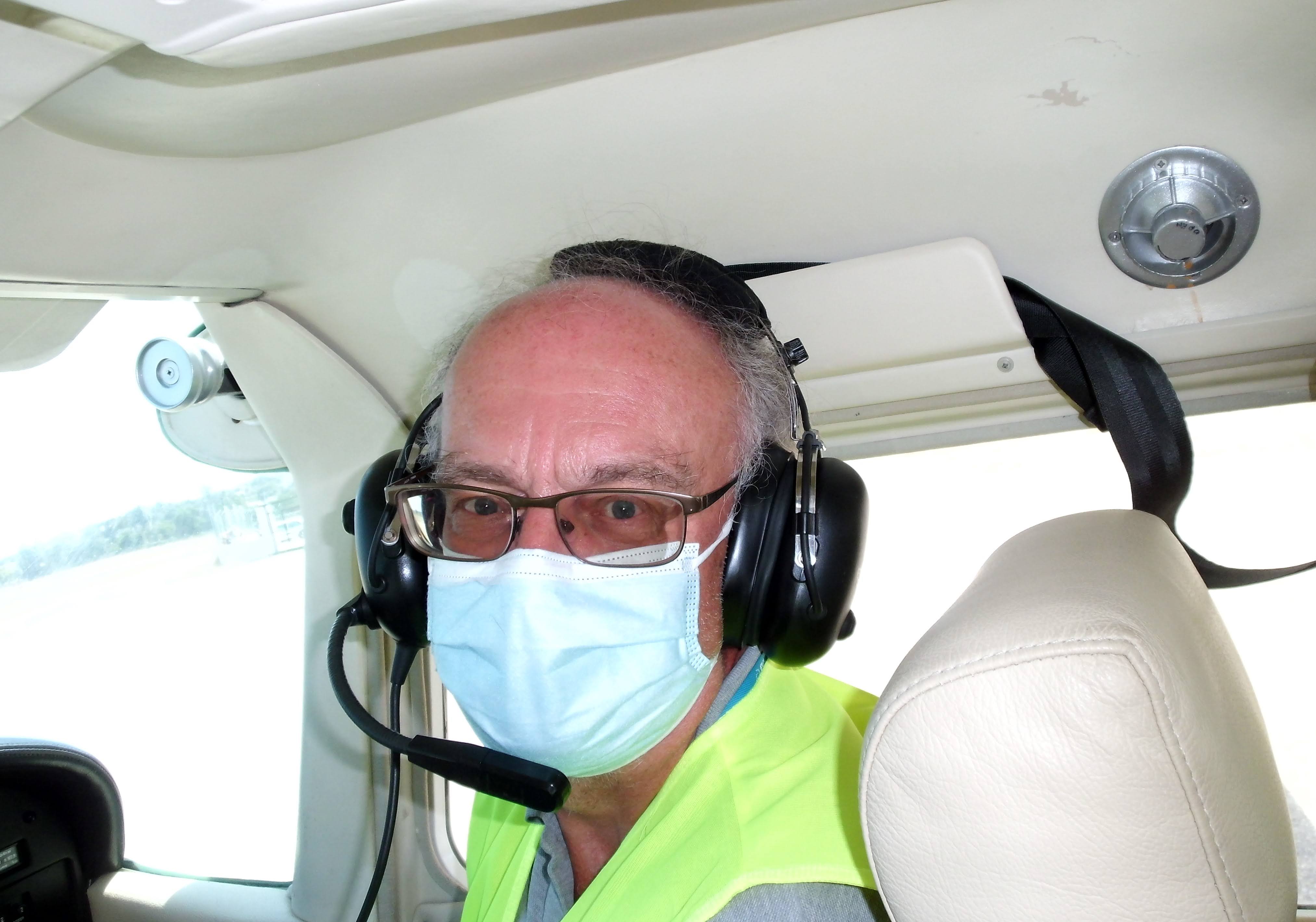| The ATA and Jackie Cochran
Why did the Air Transport Auxiliary only recruit 30 American women pilots?
When Jackie Cochran was asked to recruit 25 American women as ferry pilots in early 1942, the ATA was suffering a serious pilot shortage, and hoped this would be the first of a continuing stream. That she recruited no more pilots for them meant they had to search elsewhere for enough pilots to fulfil their needs.
-------
The ATA, formed in 1939, was a civilian organisation nominally part of BOAC; they were only allowed to employ pilots if the RAF and Fleet Air Arm had rejected them.
So in effect, they could only recruit:
a. Men who were too old for active service;
b. Men who didn’t meet the services’ medical entry conditions, or
c. Women.
In 1939 and early 1940, they had managed to recruit enough ‘home-based’ pilots – British, plus escapees from occupied countries - to just-about cope with the demand.
However, just before the Battle of Britain began in June 1940, they reached out to (neutral) America to help, and the result was that from August 1940 to the end of 1941, nearly 200 American men pilots were employed on one-year contracts at $150 a week tax free, plus $10 a day whilst in transit, and a $500 bonus at the end of the contract. They formed a significant proportion of the ferry pilots available from the latter stages of the Battle until late 1941. Many transferred, or were seconded to, the Atlantic Ferry Organisation (AtFero)
As for women pilots, the ATA had actually recruited them almost from the beginning (albeit initially paying them less than the men, and restricting them to delivering training aircraft until July 1941). AtFero, by the way, had no female pilots, ever - in fact they all had to be "male, of the white race(!)".
So, after 7 December 1941, when the Japanese launched the attack on Pearl Harbor which brought America into the war, the ATA faced a potential shortage of pilots. The supply of American men pilots dried up instantly (only a handful joined after 1941, although a few did extend their contracts), and finding experienced pilots from the UK and its Empire, both men and women, was getting more difficult.
So, in one way, the ATA had very little choice in early 1942: they had to recruit experienced American women pilots. They were used to Americans, and they were used to women pilots – they just hadn’t had any American women pilots before.
They swiftly asked Jackie Cochran to recruit some. On 24 January 1942 they anticipated that “approximately 25 pilots will be initially selected to form the unit, and that if during the first three months the plan works out well from our standpoint, you will be asked to select additional pilots to increase such American unit.”
Jackie then emailed (OK, 'telegrammed') all her contacts, duly signed up 25 of them (admittedly including Helen Harrison, a Canadian who had grown up in England and South Africa, and Louise Schuurman, who was Dutch but resident in the US) and sent them across the Atlantic, thankfully all arriving safely. (11 American men pilots had been lost in April 1941 when the SS Nerissa was sunk by a U-boat.)
After that, no more.
Four more American women made their own arrangements directly with the ATA in 1943 and 1944, but the expected increase in Jackie’s numbers never happened.
Why? Because Jackie (and, of course, the USA) suddenly had other, more important, priorities:
Wikipedia explains: “While Cochran was in England, in September 1942, General Arnold authorized the formation of the Women's Auxiliary Ferrying Squadron (WAFS) under the direction of Nancy Harkness Love. The WAFS began at New Castle Air Base in Wilmington, Delaware, with a group of female pilots whose objective was to ferry military aircraft. Hearing about the WAFS, Cochran immediately returned from England. Cochran's experience in Britain with the ATA convinced her that women pilots could be trained to do much more than ferrying. Lobbying Arnold for expanded flying opportunities for female pilots, he sanctioned the creation of the Women's Flying Training Detachment (WFTD), headed by Cochran. In August 1943, the WAFS and the WFTD merged to create the Women Airforce Service Pilots (WASP) with Cochran as director and Nancy Love as head of the ferrying division.”
Once again, the ATA had to look around for new sources of pilots. They managed, because:
i. Luckily, the RAF was prepared to lend them some pilots, starting from December 1942;
ii. They decided to train their own pilots from scratch. From early 1943, those with little or no experience were taken on in increasing numbers to fill the gaps. Even so, the supply of pilots was not enough to meet the demand.
iii. In early 1944, 30 members of the Women’s Auxiliary Air Force (WAAFs) were released for training as pilots.
After D-Day in June 1944, as more (eventually about 150) seconded RAF pilots became available and UK-based demand decreased, the ATA was able to stop recruiting pilots and even terminated the contracts of most of the existing cadets.
It began its long run-down, and was wound up in December 1945.
-----
Jackie’s 25 women pilots were a great success. Many of them served as valued members of the ATA until the end of the war; some rejoined Jackie as WASPs back in the US; several (though not all who would have liked to) used their experience to make a career in aviation after the war.
I feel sure the ATA would have loved to have had more like them!
|
